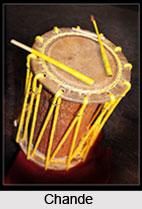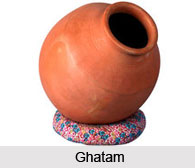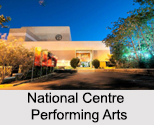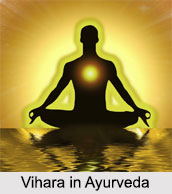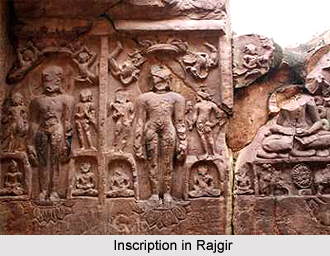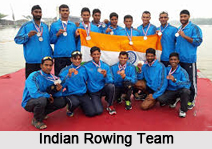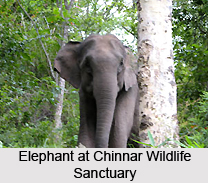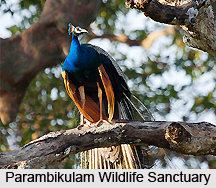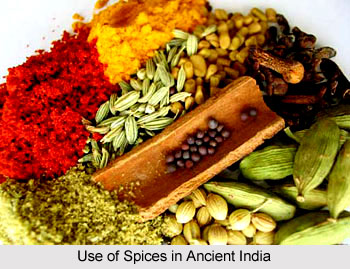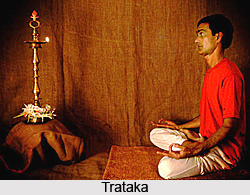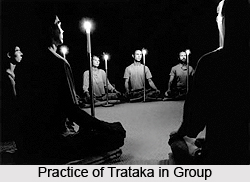Dasi Attam, a classical dance form of India, has its origin deeply rooted in the regions of South India, particularly in the states of Karnataka, Tamil Nadu, and Andhra Pradesh. Dasi Attam, just like other classical dance forms, has generated from Natya Shastra. The name of the dance form is derived from Devadasis, the practitioners of the dance, who were considered to serve gods through their dance. Dasi Attam is mainly an ancient dance form developed by the Dravidians, who were mostly unaffected by the various foreign invasions that has greatly influenced the evolution of culture in the country. In the recent ages, Dasi Attam has evolved into Indian classical dance form of Bharatnatyam, which is a blend of music, emotion, rhythm and expression.
History of Dasi Attam
In the pre-Aryan era, Dasi Attam had mainly originated as the divine dance form of the Dravidians, practiced by the Devadasis, who performed in the temples and royal courts. But after the Aryan invasion, the Dravidians were partly influenced by their culture and religion. Most of the Dravidians were converted into 'Shaivite Hindus', worshippers of Lord Shiva. There was considerable influence of Buddhism on Dasi Attam as well. The Buddhist proponents believed that dancing in the temples were unnecessary. But Dasi Attam remained largely unaffected. With the restoration of Brahminism, Dasi Attam recovered its splendour once again. There was huge demand for devadasis in most of the temples in the region. 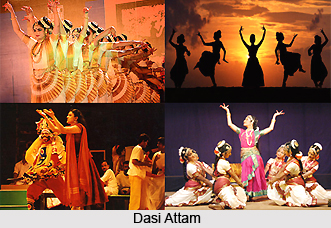 During the twelfth century, with the advent of Vaishnavism, numerous temples and sculptures, encompassing the art of that period were constructed which supported the performance of the devadasis. The temples of Halebid and Belurdeserve special mention, as they depict the legend of the Queen Shantala Devi, who performed in these temples and was believed to be one of the greatest dancers of that time.
During the twelfth century, with the advent of Vaishnavism, numerous temples and sculptures, encompassing the art of that period were constructed which supported the performance of the devadasis. The temples of Halebid and Belurdeserve special mention, as they depict the legend of the Queen Shantala Devi, who performed in these temples and was believed to be one of the greatest dancers of that time.
Influence of Foreign Invaders on Dasi Attam
With the fall of Vijayanagar Empire in the 16th century, Dasi Attam moved to the courts of the Deccan sultans, after being adequately influenced by the Muslim culture. With the end of the 19th century, the devadasis became unworthy of performing spiritual dances as they were occupied in immoral and illicit acts. During the British rule, Dasi Attam earned bad repute as the British believed that religion could not be expressed through dance and was considered immodest. Thus the British took adequate efforts to eradicate Dasi Attam from the present society and culture. Moreover the Hindus themselves had started to misinterpret the purpose of the practice of Dasi Attam and let the ancient heritage decline.
For more, visit the link below:
https://www.indianetzone.com/55/dasi_attam.htm
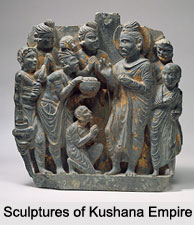 Sculptures of Kushana Empire, especially those which belonged to the Gandhara region show a strong influence of Greek and Roman elements. Its images wear toga-like garments and have wavy hair and straight Roman noses. Sculpture is usually created from dark gray phyllite, schist, stucco, or terracotta.
Sculptures of Kushana Empire, especially those which belonged to the Gandhara region show a strong influence of Greek and Roman elements. Its images wear toga-like garments and have wavy hair and straight Roman noses. Sculpture is usually created from dark gray phyllite, schist, stucco, or terracotta.
